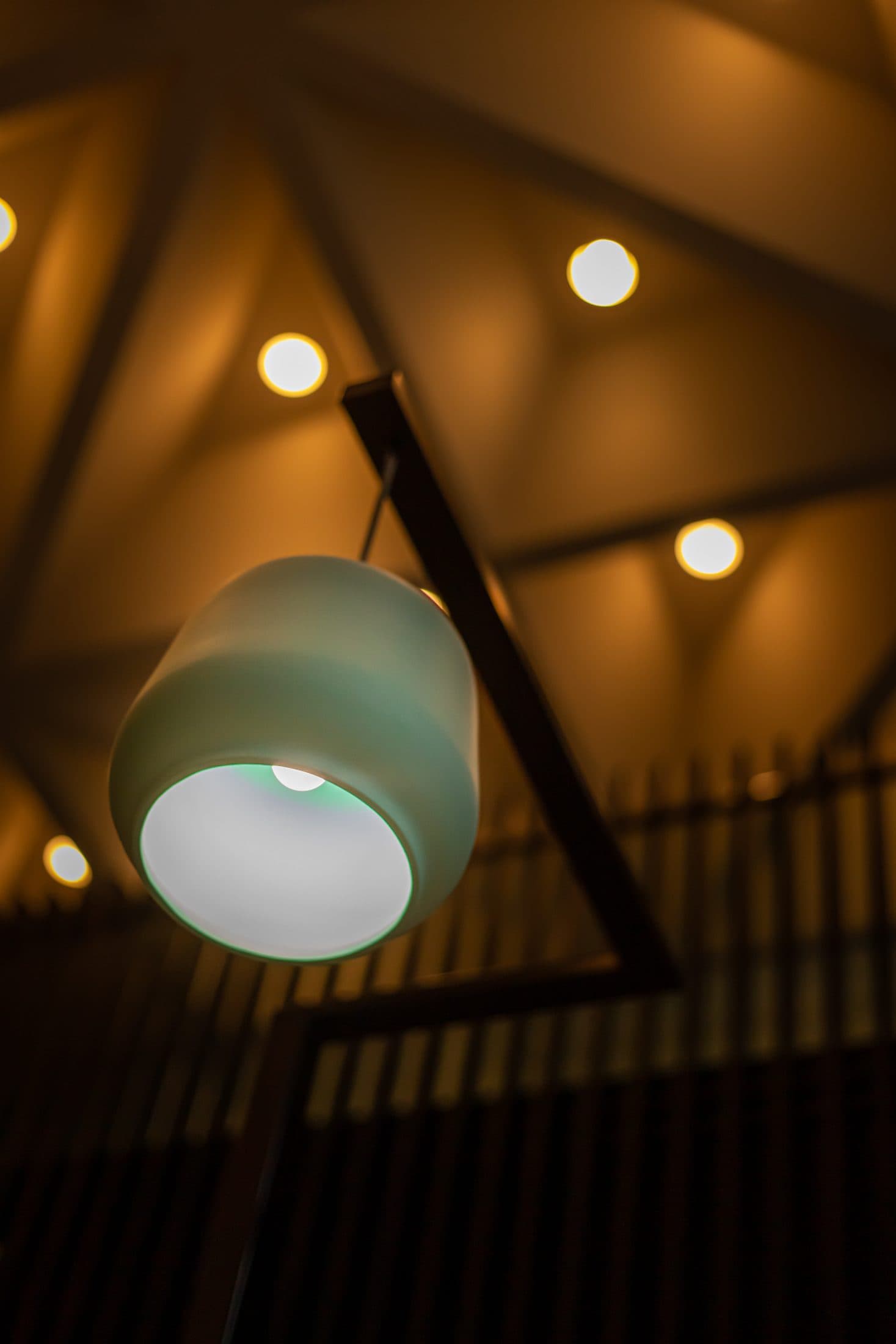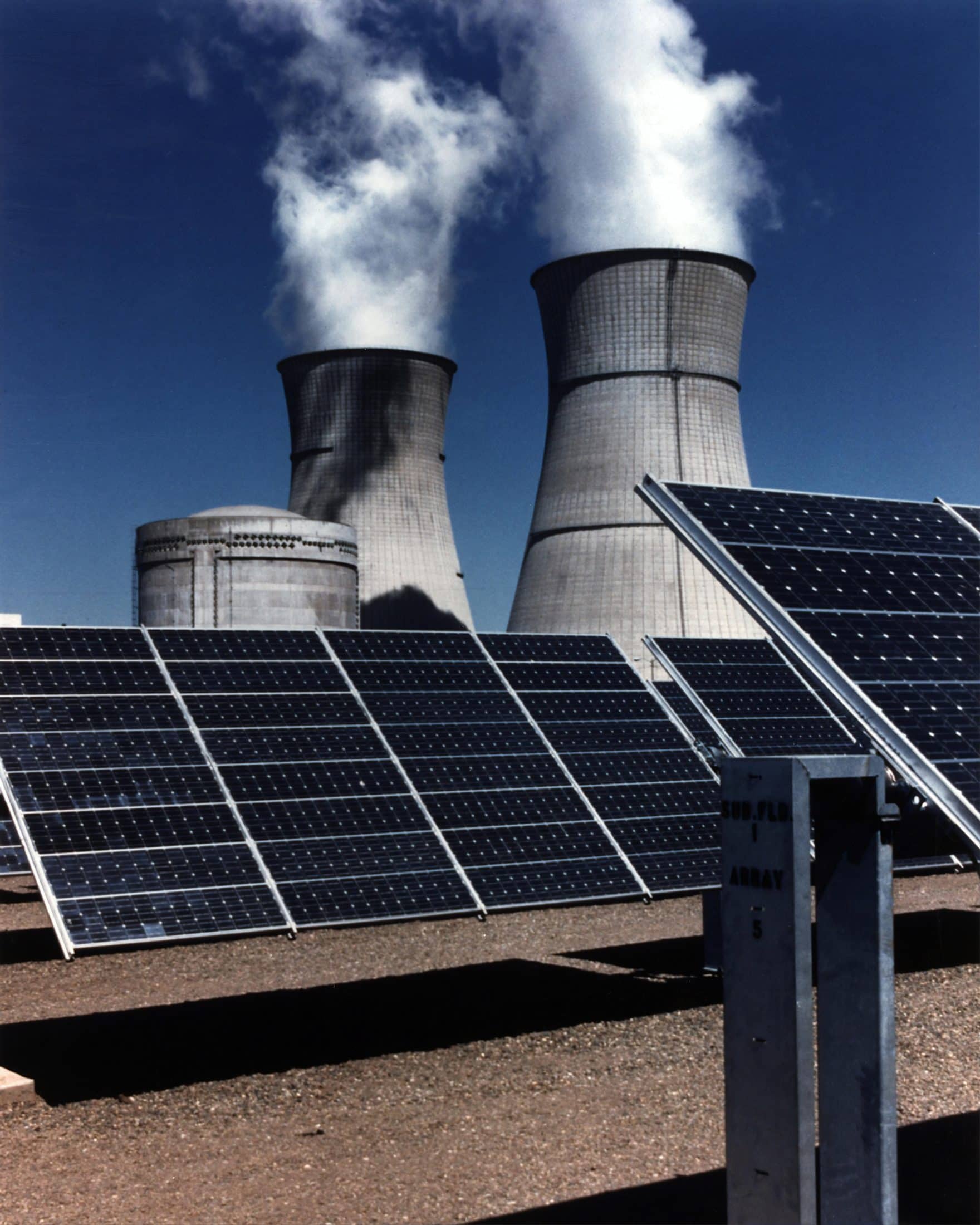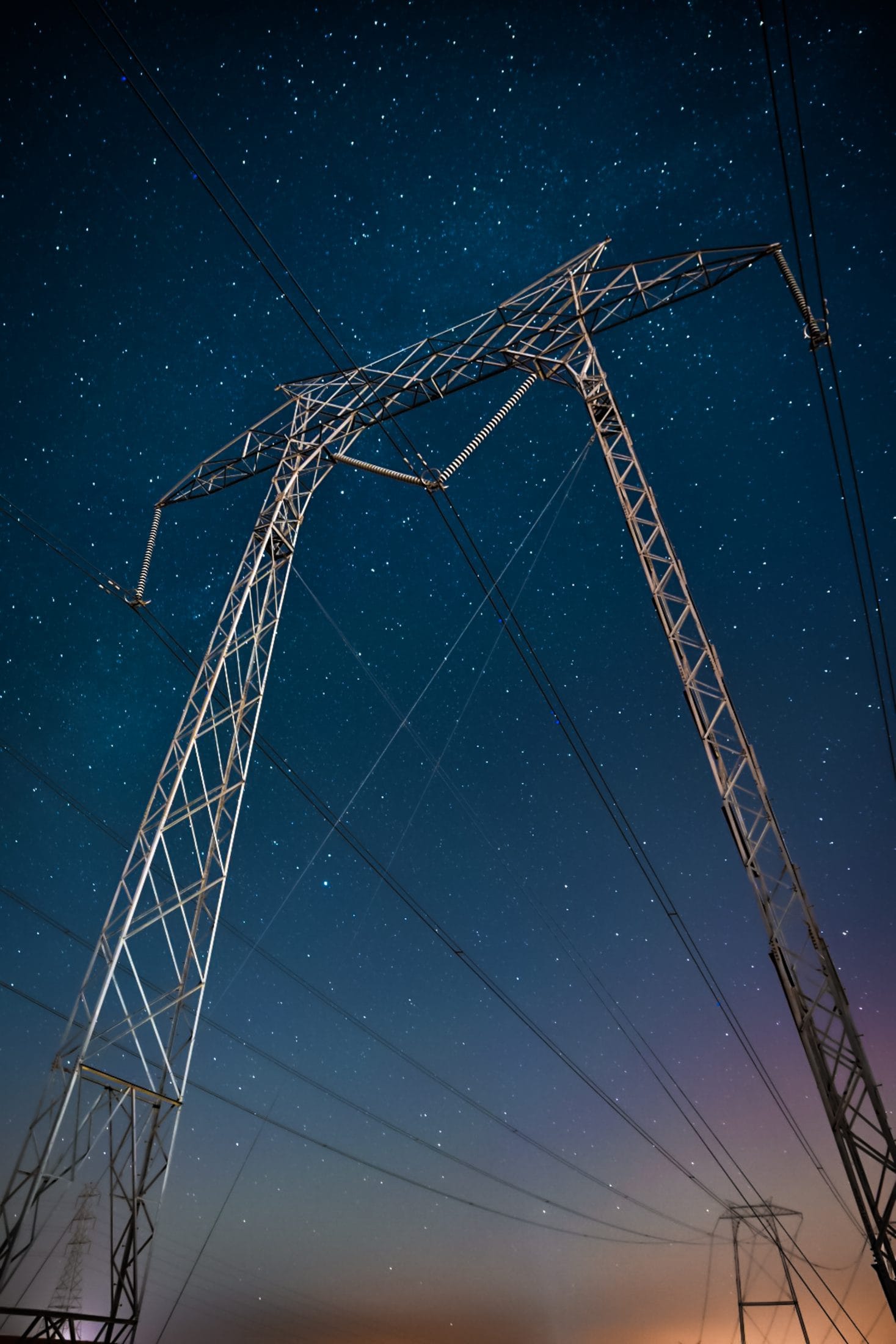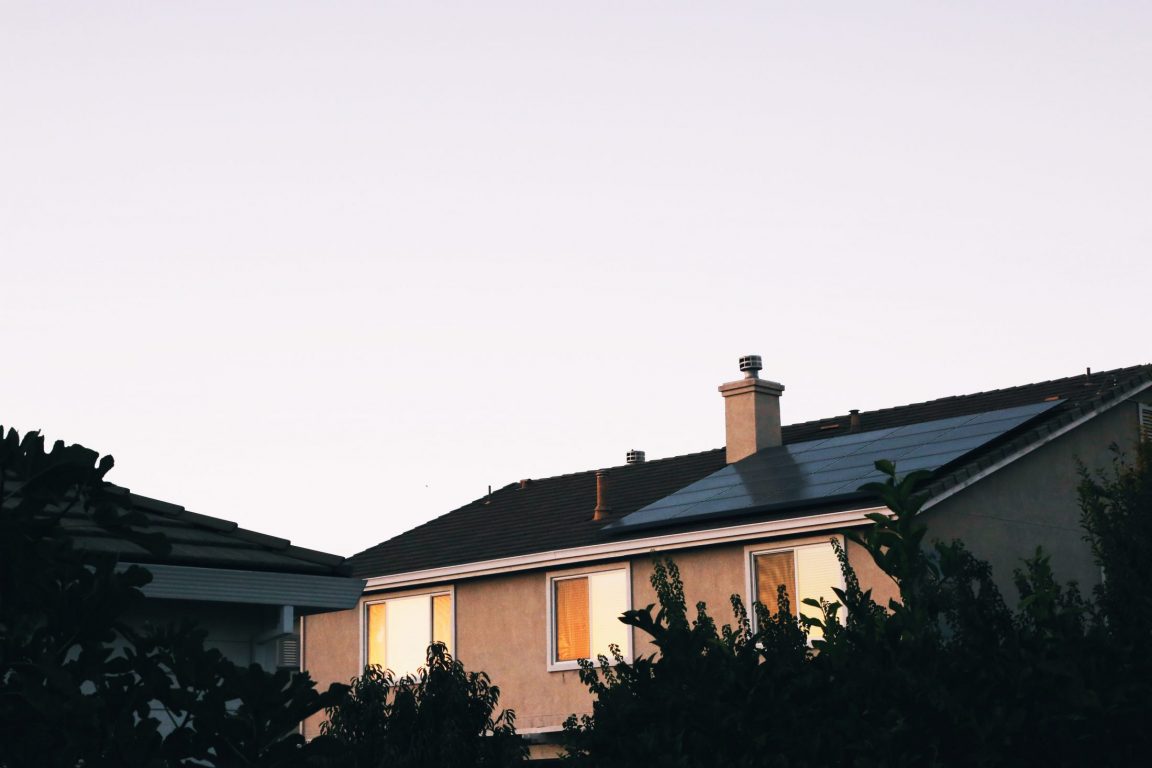Getting The Most For Your Money
A new home will have “old” settings defining its infrastructure. Old lightbulbs, old energy settings, and old improvised fixes will predominate. You’re going to have to make a lot of changes. Well, that certainly depends on the property. Some homes require more than others. In this writing we’ll look at energy, and what you can do to increase efficiency.
Look Into LED Lighting
LEDs are generally less expensive in the long-term than incandescent bulbs. They use less energy, and they can make a room just as bright. Fluorescent lighting can be very effective as well, but it’s not going to be as cheap or as durable as LEDs will in the long-run. You might switch out all the lighting in your home to LEDs to save energy.

Something else you might do is consider water lights or gravity lights. Essentially, a gravity light works like a cuckoo clock: a weight pulls on an apparatus that generates energy. Once it reaches the end of its tether, you reset it. The only cost to you is the initial acquisition of the product, then you’ve got free energy perpetually.
Upgrade Your Energy Provider
Next, look into who you’re buying your energy from. The truth is, not all energy providers are created equal. Some will definitely charge you more than others because the way energy is generated by varying groups differ. Some use newer means of generating electricity, some use conventional methods. Consider that most of the reduction bill process comes alongside improving your home habits and replacing high-consumption devices. You may consider changing your service provider. By doing this, you can stick to a suitable plan and get the most of it. For instance, Texas electricity rates have a lot to offer. In the end, it is the combination of practices that influence the most

A “green” energy provider is probably using wind, solar, or water energy. This can be more expensive than energy generated through clean-burning coal. As a result, though their solutions may be more “friendly” to the environment, they’ll charge you more for them. But this may be a price you’re willing to pay. Different homeowners have different preferences. You can generally expect the spread of such energy options to span from 4.1 cents per kilowatt-hour (kWh) to 12 cents per kWh. It will differ per region. You can find many different sorts of solutions like this on websites like Energy Bot, check this URL: https://energybot.com.

Secondary Energy Sources Like Solar, Water, Or Wind
Wind energy is available, but it may not be allowed in your residential area. Still, for $5k, you can install a small turbine that helps you collect energy. Water energy can be used in a stream if there’s a downhill flow; again it’ll cost about $5k to set up, but it’s a pretty constant energy source. Solar is the most viable and affordable alternative energy source presently.

For around $5k you can install a DIY solar energy array including 3.1 kWh of power generation. That’s 31 panels at 100 Watts per hour per panel. You will pay about $1 per Watt, so you’ll be at about $3,100 after you get just the panels. Then you have to get cables, power inverters, surge controllers, and batteries in an array. Online tutorials help you install.
For $5k, you can increase property value, reduce costs of energy in your day-to-day, and even net a tax break. For $15k, if you’re in a region with an HOA that allows it, running water, and high wind, you can install all three and be totally grid-independent with multiple redundant backups for when the wind dies down or the clouds pick up.
Running An Efficient Home
Great efficiency comes with planning in advance. Look into LEDs, change up your energy provider, and consider alternative options for best results. Spend a little on the front end and you’ll make it back in long-term savings, property value increase, and tax benefits. That’s not to mention the possibility of diminishing your footprint on the environment.






